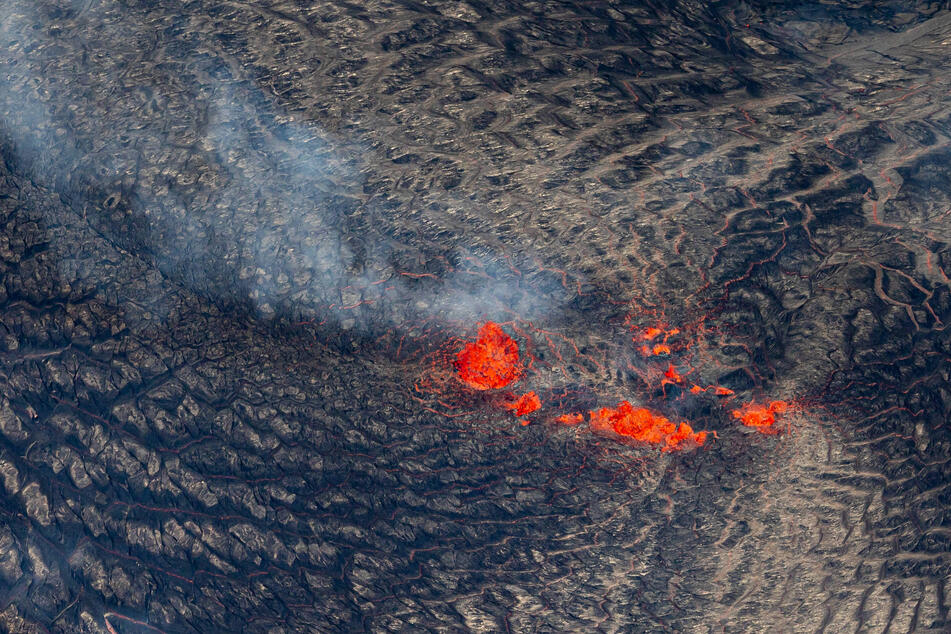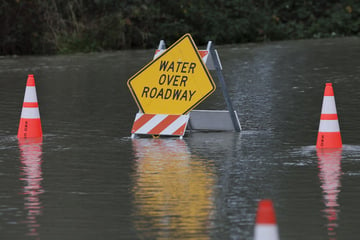Hawaii's Kilauea volcano erupts again!
Kilauea, Hawaii - Hawaii's Kilauea volcano, one of the world's most active, erupted again on Sunday, spewing fountains of lava more than 80 feet high.

Kilauea began erupting at around 3:15 PM, the US Geological Survey's Hawaiian Volcano Observatory said.
"The eruption was preceded by a period of strong seismicity and rapid uplift of the summit," it said.
It is the third time the volcano has erupted this year, after bursting to life in January and June.
A USGS livestream from the rim of the caldera showed fountains of lava erupting from multiple fissures in the crater.
"Lava fountain heights have decreased since the eruption onset, but remain up to about 20-25 meters (65-82 feet) high," the volcano observatory said in an update.
The observatory raised the volcano's alert status from "watch" to "warning" and the aviation alert was increased to red.
Kilauea's volcanic gases could pose danger to humans

Kilauea is in the Hawai'i Volcanoes National Park on Big Island, well away from population centers, but Hawaii Emergency Management Agency warned that volcanic gases could be a problem for people exposed to them.
"At this time, lava at Kilauea is confined to the summit and does not pose a lava threat to communities. However, eruptions emit volcanic particles and gases which may create breathing problems for people exposed," it posted on X, formerly known as Twitter.
Sulphur dioxide released during eruptions reacts in the atmosphere to create the visible haze known as vog (volcanic smog), which can create breathing difficulties for people and animals.
Kilauea is much smaller than neighboring Mauna Loa but is far more active and regularly wows helicopter-riding tourists who come to see its red-hot shows.
Kilauea is one of six active volcanoes on the Hawaiian islands.
It erupted almost continuously between 1983 and 2019.
Cover photo: IMAGO / MediaPunch
